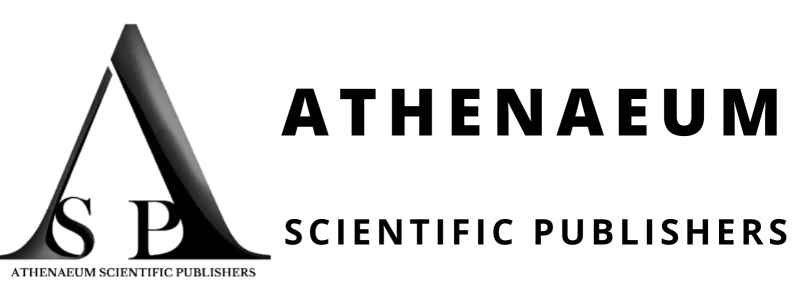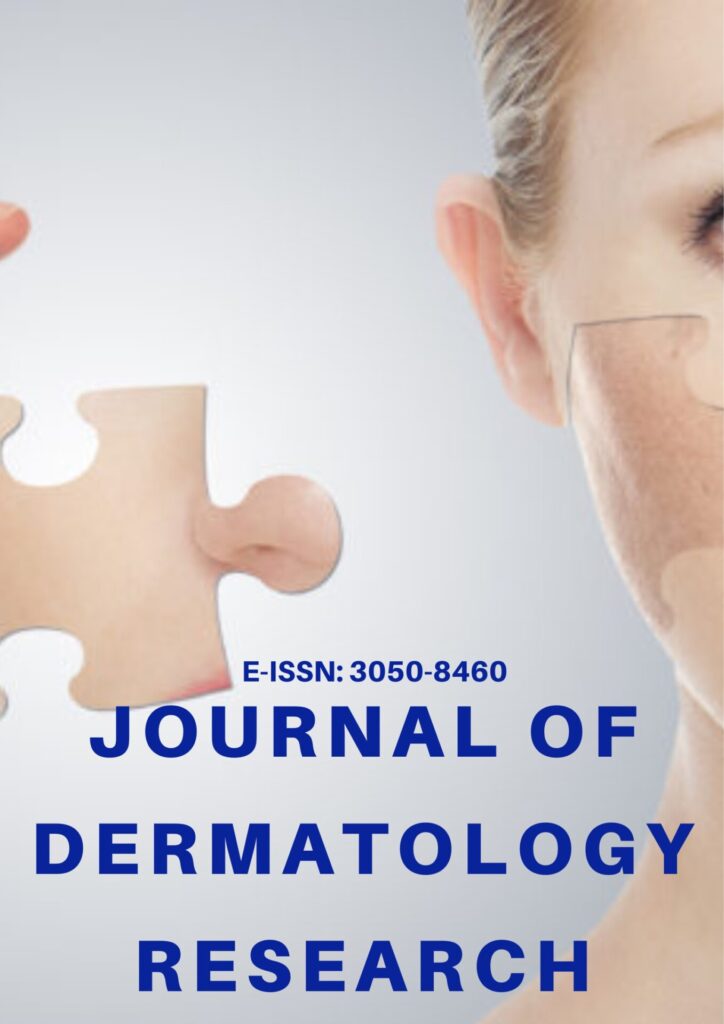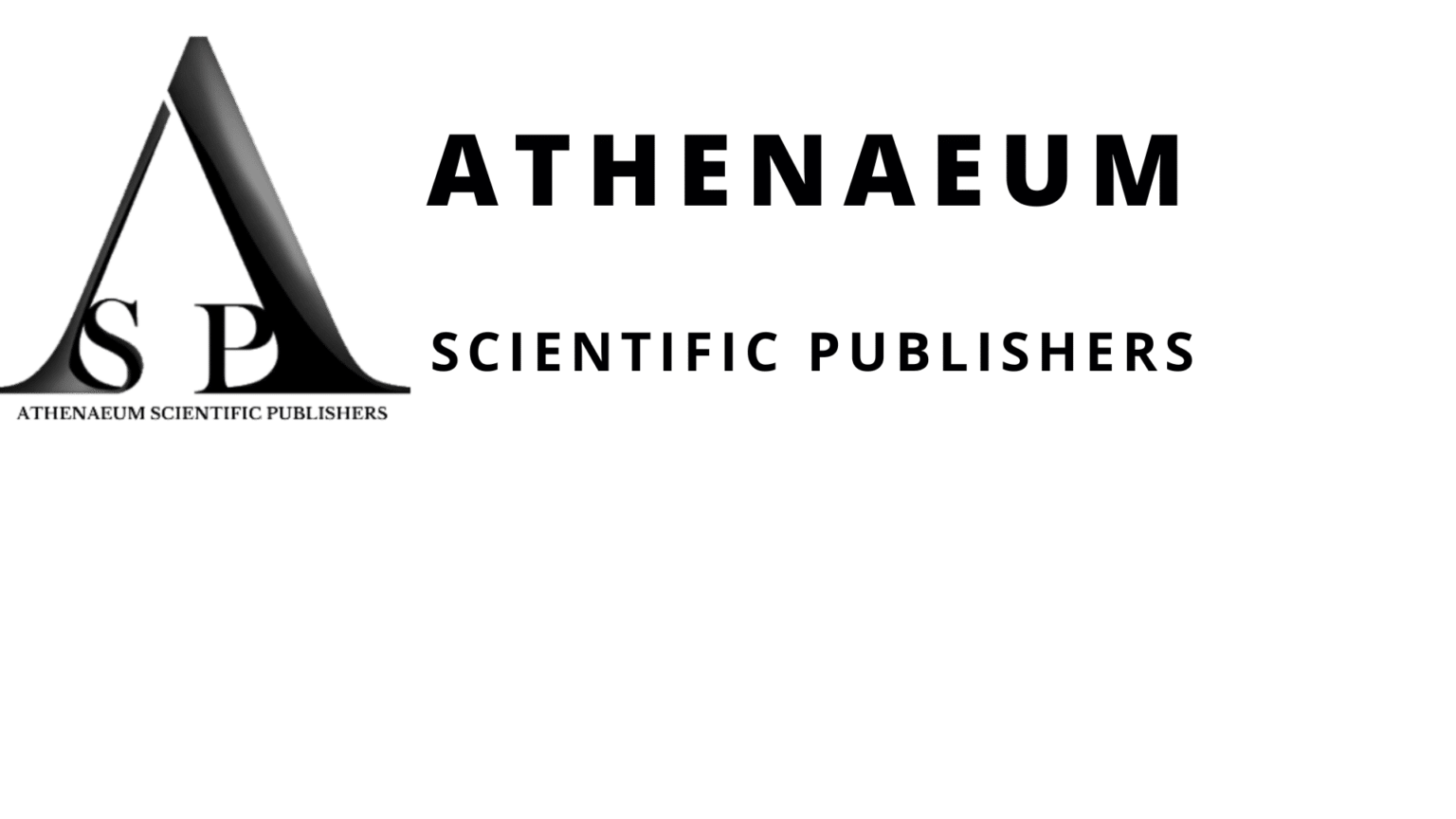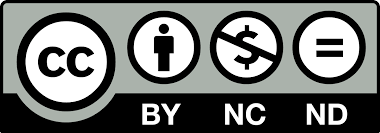Short Communication | Vol. 6, Issue 1 | Journal of Dermatology Research | Open Access |
Propylene Glycol: A Novel Tissue-Regenerative Compound and Potent Topical Microbicide
Win L Chiou1*
1Independent Scholar and Former Professor, University of Illinois at Chicago (1971-2005) 13330 Kirkwood Drive, New Berlin, Wisconsin 53151, United States
*Correspondence author: Win L Chiou, Ph.D. Independent Scholar and Former Professor, University of Illinois at Chicago (1971-2005) 13330 Kirkwood Drive, New Berlin, Wisconsin 53151, United States; Email: [email protected]
Citation: Chiou WL. Propylene Glycol: A Novel Tissue-Regenerative Compound and Potent Topical Microbicide. J Dermatol Res. 2025;6(1):1-3.
Copyright© 2025 by Chiou WL. All rights reserved. This is an open access article distributed under the terms of the Creative Commons Attribution License, which permits unrestricted use, distribution, and reproduction in any medium, provided the original author and source are credited.
| Received 09 April, 2025 | Accepted 23 April, 2025 | Published 30 April, 2025 |
Abstract
Propylene Glycol (PG) or 1,2-propanediol, is a colorless, almost odorless, faintly sweet, non-volatile (b.p. at 188.2 C) liquid. For nearly a century, it has been widely used as a solvent, moisturizer and preservative-primarily due to its ability to inhibit bacterial growth-in skincare and food products, generally at concentrations below 10% by weight [1]. PG is also employed as an anti-freeze and de-icing agent [1]. The US Food and Drug Administration considers PG to be “Generally Recognized As Safe” (GRAS) [1].
The purpose of this communication is to briefly highlight two surprising properties of PG: its potential as (1) a highly potent topical microbicide and (2) a novel tissue- regenerative agent. This report also explores potential mechanisms behind these effects and discusses possible future clinical applications.
Keywords: Propylene Glycol; Tissue Regeneration; Microbicide; Stem Cells
Antimicrobial Activity of Propylene Glycol
Preliminary in-vitro time-kill assays were conducted in three independent commercial laboratories. In one study, over 99.99% of tested microorganisms including E. coli, S. aureus, L. albicans, A. niger, P. acne and P. aeruginosa were eliminated at one minute in an aqueous solution containing 80% PG by weight [2]. Similar results were observed with other organisms, including two other fungi, T. mentagrophyte and T. rubrum (unpublished) and herpes simplex virus type 1 (also 50% killed in 50% PG) [2].
These findings suggest that PG, at concentrations above 20% (47% of P. acne killed in a 20% PG in one hour. It may serve as a potent broad-spectrum topical microbicide-effective when applied to inflammatory or compromised skin or mucous membranes [2]. The above virtually instant killing of microorganisms suggests that the PG is able to penetrate quickly into the cellular membrane of bacteria and fungi although the exact mechanism of its lethal activity is unknown; the mode of action against viruses also remains to be studied. It was suggested that PG may instantly disrupt “cellular membrane” and dehydrate the microbes thus making development of PG-resistant microbes unlikely [2]. A potential major advantage of PG may be that its clinical use may not require prior identification of the infecting microbe or microbes due to mixed infection.
Interestingly PG has traditionally been thought to be very poorly absorbed through intact skin in humans [2,3]. Its adequate percutaneous absorption can be visibly confirmed: following topical application of a very thin shining layer of pure PG by a Q tip on the back of a hand, the shining PG virtually disappears within about one hour [2]. PG can also penetrate quickly into human nails [2].
Tissue Regenerative and Skin Rejuvenation Effects
Topical application of a 50% glycerin solution has previously been reported to improve skin firmness and radiance in humans [4]. Similar results have been observed with PG, particularly among individuals with acne-prone skin. In one notable personal case, nightly application of a 80% PG gel around the entire teeth immediately before bedtime for one month reversed a loose tooth, which has remained firm several years later [5]. Also, the pocket sizes of teeth with periodontitis were found to reduce from about 3 to 8 mm to about 2 to 4 mm. Additional application of PG for another month further reduced the pocket sizes to about 0 to 1 mm when examined by the dentist several years later. Furthermore, the above PG gel applied twice to small areas, about 1.5 by 4 cm, of burned skin and covered with gauze led to scarless smooth healing within about two weeks.
The above regenerative effects are believed to result from the activation or rejuvenation of skin stem/progenitor cells, potentially driven by an enhanced energy supply, as PG is a known precursor of glucose [1,6-8]. Other therapeutic modalities-such as physical massage or topical ultrasound are also known to promote collagen synthesis and skin firmness, likely via similar stimulation of progenitor or stem cells due to increased blood flow and nutrient delivery [9-11]. One hypothesis is that age-related skin aging in ordinary subjects may largely stem from a progressive decline in cardiac output, which reduces nutrient delivery to the skin and thereby suppresses local stem cell activity [12].
Safety Profile and Immunological Considerations
Given PG’s potential at high concentrations to stimulate tissue growth such as enhancing collagen synthesis, it may also enhance skin immunity and reduce skin inflammation.
Indeed, this has been reported in cows fed with PG as the dietary source of glucose [8]. Contrary to common belief, a thorough review of the literature in 2023 indicates that PG is neither a skin sensitizer nor an allergen [13]. This is in contrast to common notion that PG is a contact skin allergen, especially in persons with compromised skin [1,2,13].
Interestingly, PG may be among the safest chemicals ever tested in animal studies to date. Some long-term studies involving up to 6%-8% PG in drinking water over periods of up to two years in rodents, dogs and primates have revealed no adverse effects on hematology, reproduction or carcinogenicity [1,2,13]. PG is known to be rapidly absorbed after oral administration [14].
Regarding the common skin patch tests, it seems noteworthy that the test is conducted under non-physiological occluded conditions for several days and even water alone as a test chemical may produce a positive irritant reaction [1,13].
Conclusion
The above preliminary findings suggest that PG may have substantial, yet underexplored, potential in clinical applications, especially in dermatology and dental care. Its dual function as a potent microbicide and a novel tissue-regenerative agent, combined with an apparently exceptional safety record, makes it a promising candidate for future research and therapeutic development. Its potential role in the prevention of skin cancer and skin aging remains to be explored.
Conflicts of Interest
The author declares no conflict of interest for this paper.
Funding
None
References
- Propylene glycol Wikipedia [Last accessed on: April 23, 2025]
https://en.wikipedia.org/wiki/Propylene_glyco
- Chiou WL. Composition and treatment for topical treatment of skin lesions. US Patent: 8513225. 2013.
- Chiou WL. Topical treatment of skin infection. US Patent: 8846646. 2014.
- Chiou WL, Chiou LL. Aqueous compositions for facial cosmetics. US Patent: 6616923. 2003.
- Chiou WL. Compositions and methods for tissue regeneration. United States Patent: 10456366. 2019.
- Chiou WL. Prevention of skin cancer: Healthy sun exposure and no sunscreen for intense intermittent exposure, photoaging theories questioned and new strategies. J Dermatol Res. 2022;3(3):1-16.
- Chiou WL. Advancing new views on the causes and prevention of skin cancer and aging of the skin. Medical Research Archives. 2024;12(4).
- Tan J, Zhao H, Li L, Wang Y, Pan Y, Fang L, et al. Propylene glycol alleviates oxidative stress and enhances immunity in ketotic cows through modulating amino acid and lipid metabolism. Antioxidants. 2024;13(9):1146.
- Flament F, Maudet A, Bayer-Vanmoen M. The objective and subjective impact of a daily self-massage on visible signs of stress on the skin and emotional well-being. Int J Cosmet Sci. 2023;45(6);761-8.
- Miyaji A, Sugimori K, Hayashi N. Short- and long-term effects of using a facial massage roller on facial skin blood flow and vascular reactivity. Complementary Therap Med. 2018;271-6.
- Alkahtani SA, Kunwar PS, Jalilifar M, Rashidi S, Yadollahpour A. Ultrasound-based techniques as alternative treatments for chronic wounds: A comprehensive review of clinical applications. Cureus. 2017;9(12).
- Chiou WL. Aging kinetics of human hearts and skin: New aging theories and implications in the use of sunscreens. Dermatol Arch. 2017;1:1-5.
- Pemberton MA, Kimber I. Propylene glycol, skin sensitisation and allergic contact dermatitis: A scientific and regulatory conundrum. Regulatory Toxicology and Pharmacology. 2023;138:105341.
- Dale KY, Elmquist WF, Sawchuk RJ. Pharmacokinetics of propylene glycol in humans during multiple dosing regimens. J Pharma Sci. 1985;74(8):876-9.
Author Info
Win L Chiou1*
1Independent Scholar and Former Professor, University of Illinois at Chicago (1971-2005) 13330 Kirkwood Drive, New Berlin, Wisconsin 53151, United States
*Correspondence author: Win L Chiou, Ph.D. Independent Scholar and Former Professor, University of Illinois at Chicago (1971-2005) 13330 Kirkwood Drive, New Berlin, Wisconsin 53151, United States; Email: [email protected]
Copyright
Win L Chiou1*
1Independent Scholar and Former Professor, University of Illinois at Chicago (1971-2005) 13330 Kirkwood Drive, New Berlin, Wisconsin 53151, United States
*Correspondence author: Win L Chiou, Ph.D. Independent Scholar and Former Professor, University of Illinois at Chicago (1971-2005) 13330 Kirkwood Drive, New Berlin, Wisconsin 53151, United States; Email: [email protected]
Copyright© 2025 by Chiou WL. All rights reserved. This is an open access article distributed under the terms of the Creative Commons Attribution License, which permits unrestricted use, distribution, and reproduction in any medium, provided the original author and source are credited.
Citation
Citation: Chiou WL. Propylene Glycol: A Novel Tissue-Regenerative Compound and Potent Topical Microbicide. J Dermatol Res. 2025;6(1):1-3.



